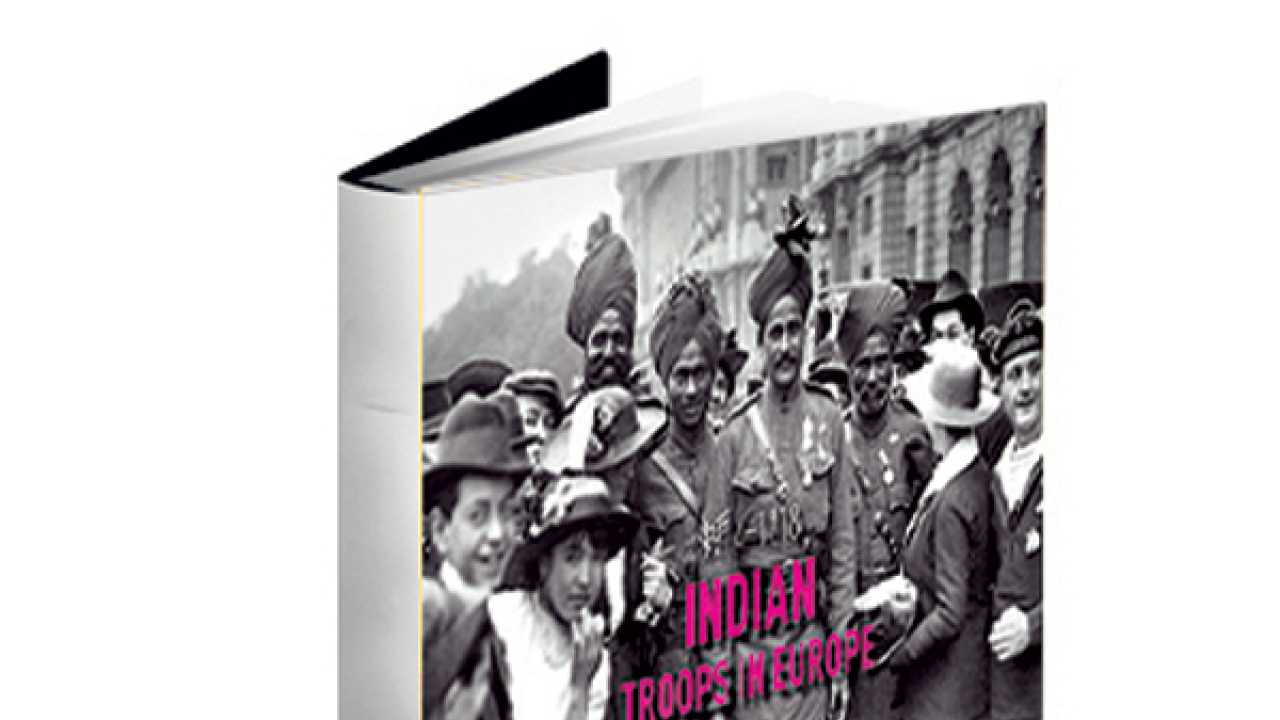
Book: 1914-1918: Indians on the Western Front
Author: Santanu Das
Publisher: Gallimard/Ministere de la Defense-DMPA
Pages: 155
Price: Rs 1,850
One of the good things about all the reminiscing occasioned by the World War I centenary is the light it has shone on the role of Indians in the Great War.
Over a million soldiers from the Indian subcontinent - 621,224 combatants and 474,789 non-combatants from seven expeditionary forces - served in various overseas fronts in Europe, East Africa, Mesopotamia, Egypt and Gallipoli. Of these 60,000-70,000 died. Ill-equipped and poorly trained in modern warfare, and inadequately dressed for the cold weather, their dogged "heroism" won them 9,200 gallantry medals, 11 of them Victoria Crosses.
This book, which the French government commissioned, concentrates on Europe, where a total of 138,608 Indian soldiers fought during the four-year war. However, this is not a book about military history - rather it sees the war in terms of the unlikely, often tragic and frequently piquant, interactions between two peoples whom colonial history and the black waters had kept apart, captured through photographs, paintings, dairies, books, letters and cartoons of the time.
The Indians - strapping Pathans, spectacularly turbaned Sikhs, and wiry, genial Gurkhas - inspired endless fascination in Europe. Crowds gathered to see them march down the streets, or to gawp at them as they went about their daily life, making chapatis and washing bare-bodied in the open; while women fell over themselves to pin flowers, touch them. They were endlessly photographed, sketched, painted. In the German prisons where a thousand of them ended up, they were measured, photographed, and recorded, as part of an ethnographic and philological study.
Das -- who has written several well-received books on the WW-I, presented a two-part BBC Radio 4 series on the subject and is leading an international collaborative research project on 'Cultural Exchange during the First World War' -- combines the broad historical sweep with animating human anecdotes. For instance, the warm underpants issued for the Gurkhas were too large and 3,000 safety-pins had to be bought to hold them up.
'Orientalism', interest in the 'exotic' East, was undoubtedly what drove this enterprise. But a hundred years on, we must be grateful for the impulse that resulted in this rich visual record of a crucial historical encounter.